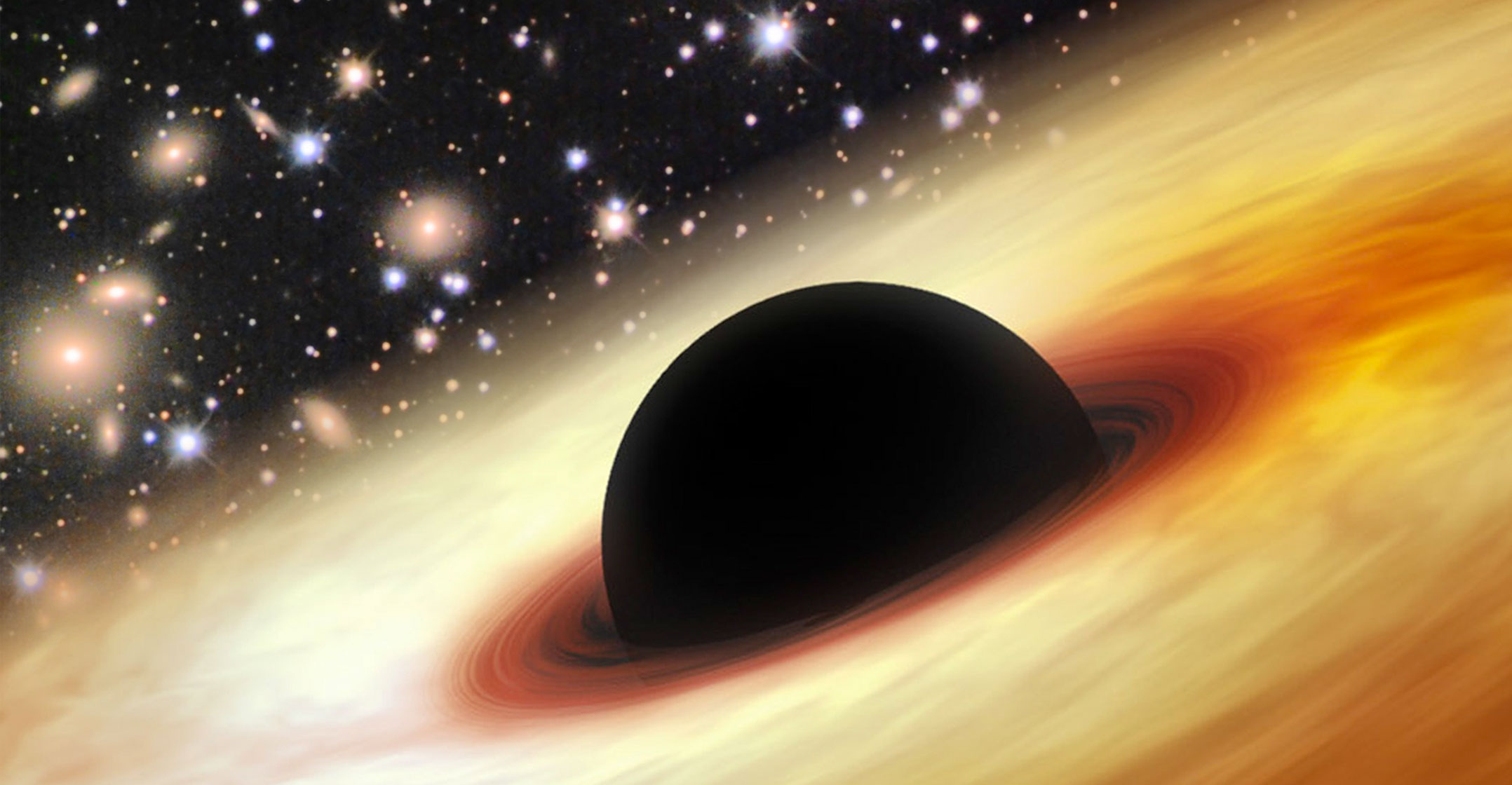
Astronomers are expected to reveal the first close up images of a monster black hole on Wednesday. Eight radio telescopes around the world have been pointed at two of the cosmic behemoths.
One is the supermassive black hole at the centre of our galaxy, the Milky Way, a radiation source 26 000 light years away known as Sagittarius A (SgrA). The other is an even bigger black hole 53.7 million light years away in another galaxy, M87.
Black holes are regions where matter has been crushed by gravity to an infinitely small space where the normal laws of physics no longer apply. While nothing can escape the gravitational vortex of a black hole — not even light — gas and radiation rage in a swirling eddy around the brink of the abyss.
It is this point-of-no-return precipice, called the event horizon, that astronomers have tried to observe for the first time.
The Event Horizon Telescope (EHT) project was launched in April, 2017. Now, after almost two years of acquiring and processing the data, the scientists are ready to release their findings on 10 April.
The news, said to be “ground-breaking”, will be announced at six simultaneous press conferences around the world.
Images of SgrA are likely to show a lopsided ring of brightness due to gravity bending light closer to the black hole more strongly than light further away.
Pillars of physics
The project may help scientists struggling to marry together two apparently incompatible pillars of physics: Einstein’s theory of general relativity and quantum mechanics. The first relates to laws of nature on cosmic scales, while the second governs the weird world of subatomic particles where it is possible to be in two places at once.
Physicist and black hole expert Lia Medeiros, from the University of Arizona, told ScienceNews magazine: “If general relativity buckles at a black hole’s boundary, it may point the way forward for theorists.”
The EHT’s other target, M87, is notable for shooting out a fast jet of charged subatomic particles that stretches for some 5 000 light years.
The new observations are expected to provide clues about M87’s magnetic field, which may be linked to the jet mechanism.




